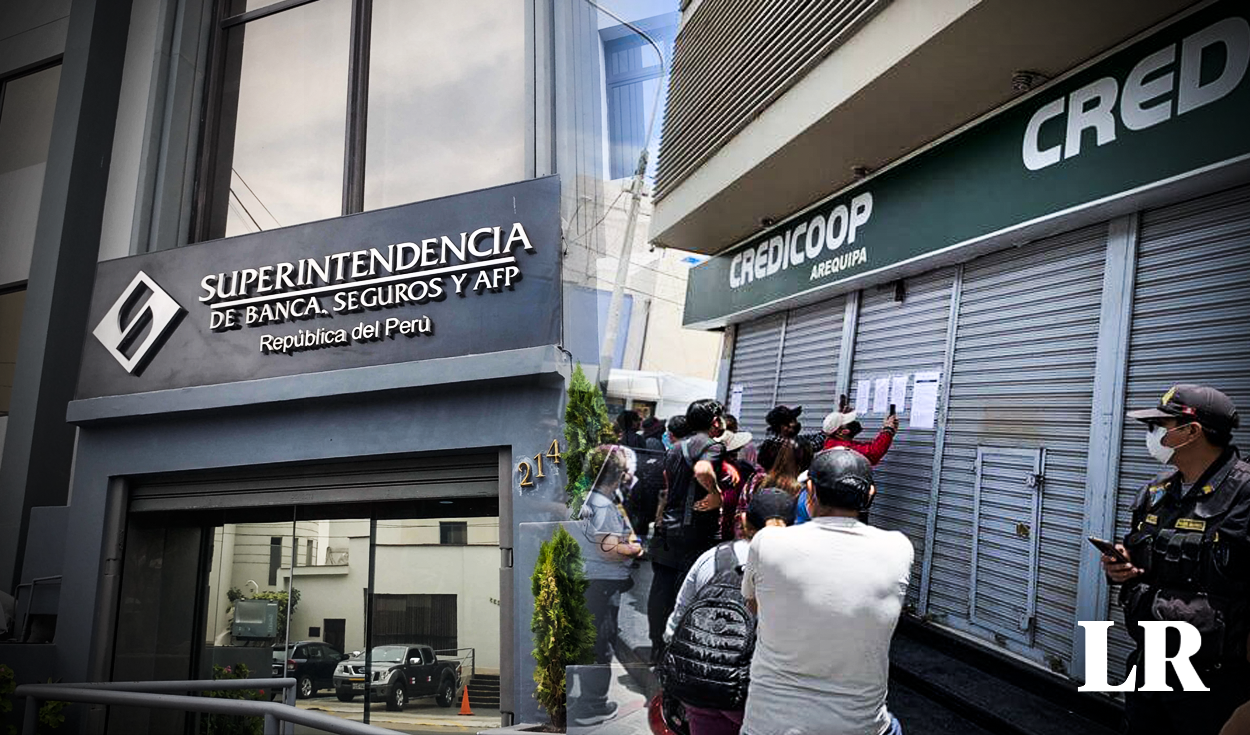
In recent months, the Superintendence of Banking and Insurance of Peru (SBS) has reported on the dissolution of several Savings and Credit Cooperatives Not Authorized to Raise Resources from the Public (Coopac), which are associative entities that are dedicated to capturing savings and granting loans to their cooperative members. Just last week, 9 of these entities were closed. But what are the reasons behind these increasingly frequent closures?
According to information provided to The Republictill the date137 cooperatives have been dissolved. Of the total, 115 (84%) were involved in the cause of inactivity, while 22 (16%) due to total loss of social capital and cooperative reserve.in this case 89 for not submitting financial statements for two consecutive quarters and 26 for the stoppage of operation of its main premises for more than 15 days.
Oscar Basso, deputy superintendent of cooperatives at the SBS, pointed out that the interventions have followed various procedures depending on the size of the cooperatives. In situations of loss of share capital and reserves, the regulation allows intervention only when they reach 100%, unlike other financial entities such as banks and municipal savings banks.
“The regulation is less strict, but it also indicates that the state of the cooperative when it was intervened is much more deteriorated. The law also establishes that when the SBS intervenes at level 1 or 2, members have up to 30 days to be able to lift this cause and be able to capitalize the cooperative and keep it functioning. Otherwise it will enter into the dissolution process,” he indicated in dialogue with this medium.
However, when it comes to inactivated Coopacs, the dissolution is certified directly after being visited by a notary for two consecutive weeks.
It should be noted that, of the cooperatives Level 1, which are those that manage assets of up to 2 million (600 UIT), 107 are those that have ceased due to being non-operational, which represents the highest figure due to closures. For their part, 12 of Level 2, which are those that accumulate assets of approximately S/321 million (65,000 UIT), have closed due to total losses, and with respect to those of level 3, with a capital greater than 321 million, only 3 reported their intervention for the same reason.
What happens to the savings of cooperative members?
With the dissolution and intervention of a cooperative, the members are no longer authorized to carry out operations or pay a loan. In this sense, the S.B.S. appoints new temporary administrators to prevent legal action and ensure that all assets are returned to savers. However, complete information about Coopac’s assets and losses will only be obtained during that investigation.
“When a cooperative has lost all of its capital, it means that it is very likely that it has also lost part of the savings of its members.”. Therefore, it is very likely that the assets will not be enough to return 100% of the deposits”warns Basso.
In this context, it emphasizes the importance of citizens recognizing that they are members and not clients within a cooperative, which implies taking a more active role in the entity to which they belong. On the other hand, the SBS currently legally supervises 292 cooperatives in the financial system to guarantee their solvency.
Source: Larepublica
Alia is a professional author and journalist, working at 247 news agency. She writes on various topics from economy news to general interest pieces, providing readers with relevant and informative content. With years of experience, she brings a unique perspective and in-depth analysis to her work.











